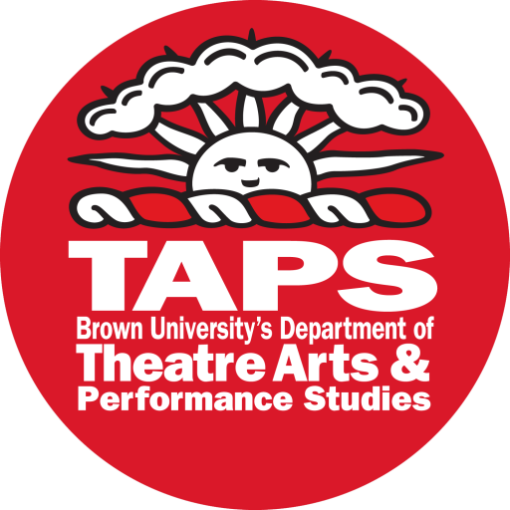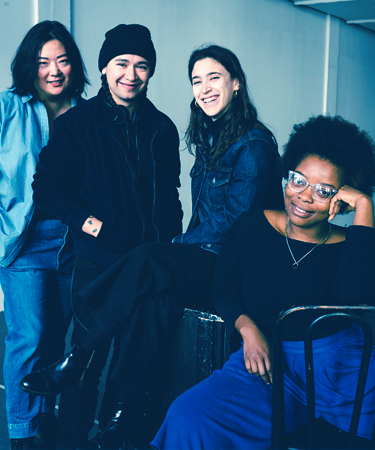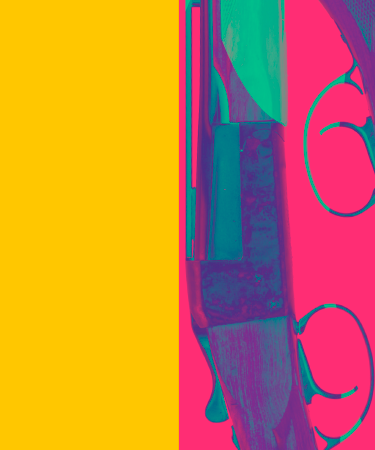March 10–11, 2017
Granoff Center, Studio One
CRCI was a convening where artists, designers, scientists, ethnographers and roboticists discussed the choreography of the Internet of Things.
Produced by Sydney Skybetter (Department of Theatre Arts and Performance Studies, Brown University) and Kiri Miller (Department of Music, Brown University)
As software is integrated into evermore consumer products, and computing devices shrink asymptotically while acquiring unprecedented sensory capabilities, the performed gestures of the human body have become the interface mechanism of choice for emerging technologies. The body—its movements, speech, and intended and inadvertent signifying—are the means by which computing devices discern and predict human intentionality.
Computing devices may be able to sense human gesture, but consistently gleaning actionable intentionality from the astronomical diversity of human bodies and expressivity remains an unsolved engineering problem. Recent software failures in this arena include the early Nest Thermostats’ inability to differentiate between hand gestures for “turn off” and “I’m on fire,”; Google image search’s confusion of African Americans for gorillas; and the Microsoft Kinect turning itself on when it is talked about, instead of talked to.
The volatility of this technological environment demands careful consideration and coordination between disparate sectors that don’t customarily intersect. As such, the Conference for Choreographic Interfaces (CRCI) convened a diverse set of experts- including choreographers, anthropologists, technologists and musicians, among others- for invitation-only programming that explores the potential for shared research, creative projects, and palavers on the future of human / computer interfaces.
More info: www.choreotech.com/vision


